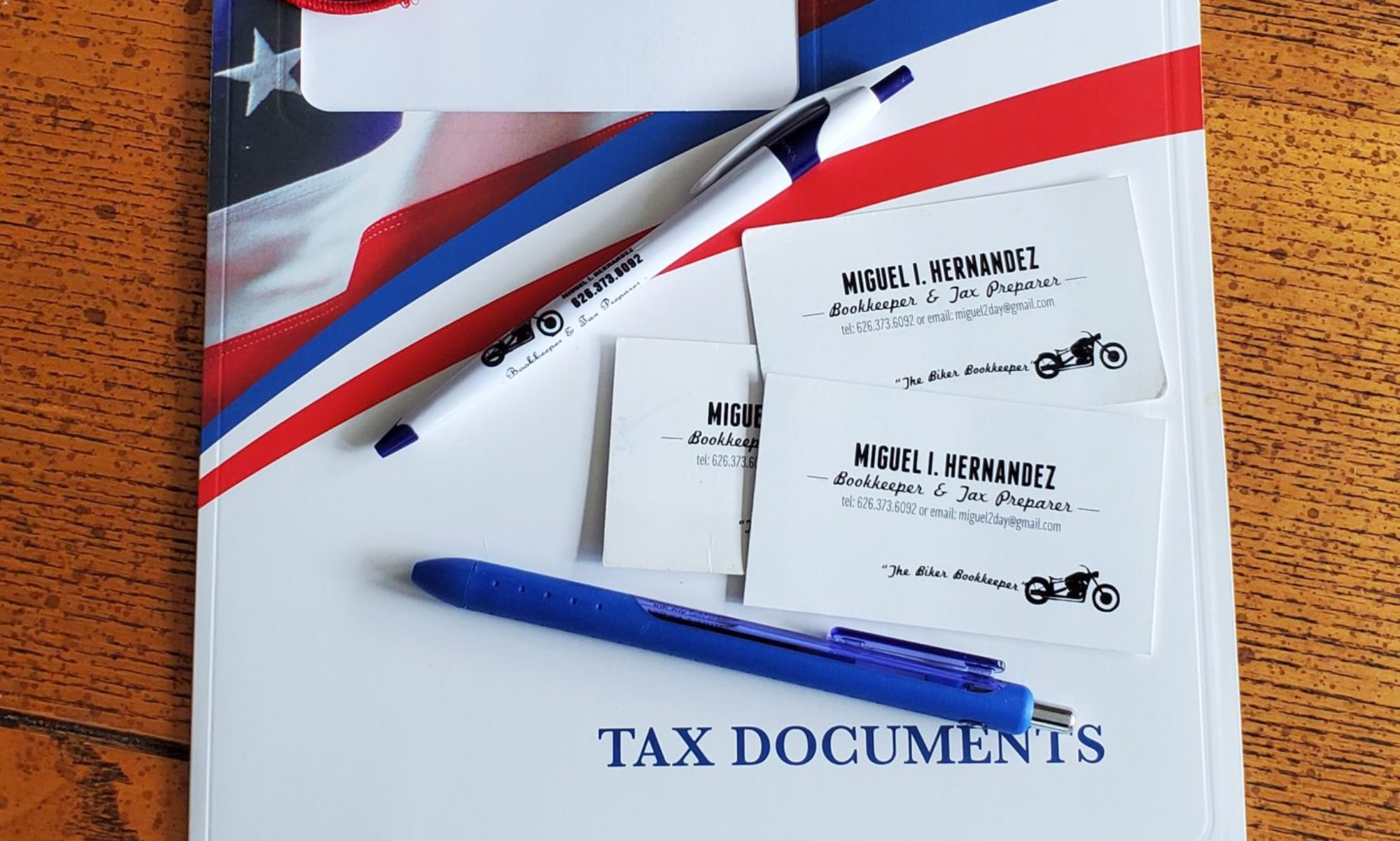The second main category to grasp is the liability account.
What is a Liabilities?
A liability is, tangible or intangible, that a business owes and must pay to someone else (the IRS counts as someone else).
Think of a liability as everything your business owes that will have to be paid for with cash or services. For example, your business most likely owes taxes, business loan, wages, mortgages, deferred revenue, and accounts payable (think accounts to pay).
What Business Financial Report Shows Liabilities?
Balance Sheet
Types of Business Liabilities
- Current Liabilities
- Non-Current Liabilities
- Long Term Liabilities
Current Liabilities
Current liabilities are all liabilities of a business that are due within 1 year.
The most common current liability include accounts payable, taxes, and payroll wages.
Non-Current Liabilities (AKA Long Term Liability)
Non-Current Liabilities, often called Long Term Liability is a liability a business that will be due over 1 year.
The most common long term liability are business loans, mortgage loans, and vehicle loans.
Liabilities on the Business Balance Sheet
Liabilities are important to a businesses because it tells the owner what is owed to debtors.
Bring it Home: Liabilities and Assets
Assets are the things a business owns or is owed (need to be received)
Liabilities are the things a business owes or needs to pay.
If a business subtracts its liabilities from its assets, the difference is the business equity.
Come on back soon to read next 5 main account types: Equity.

